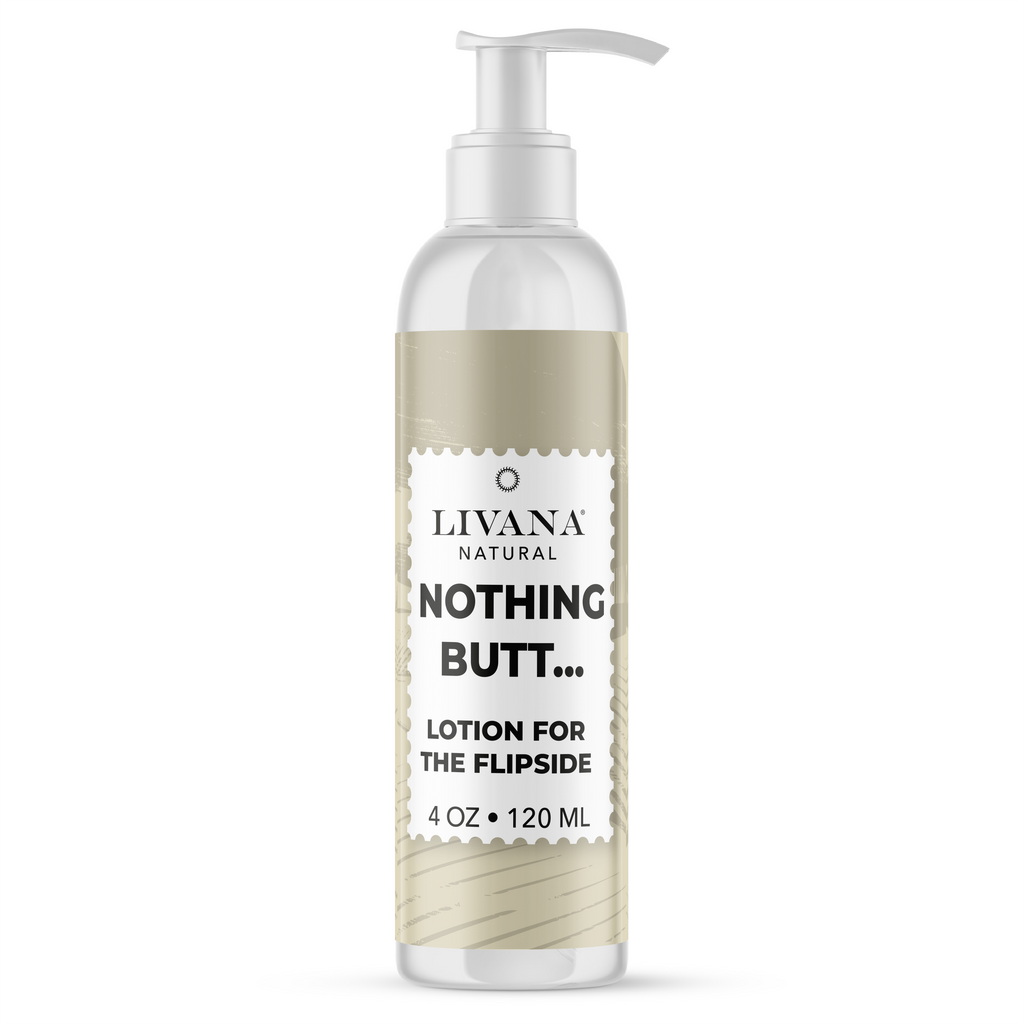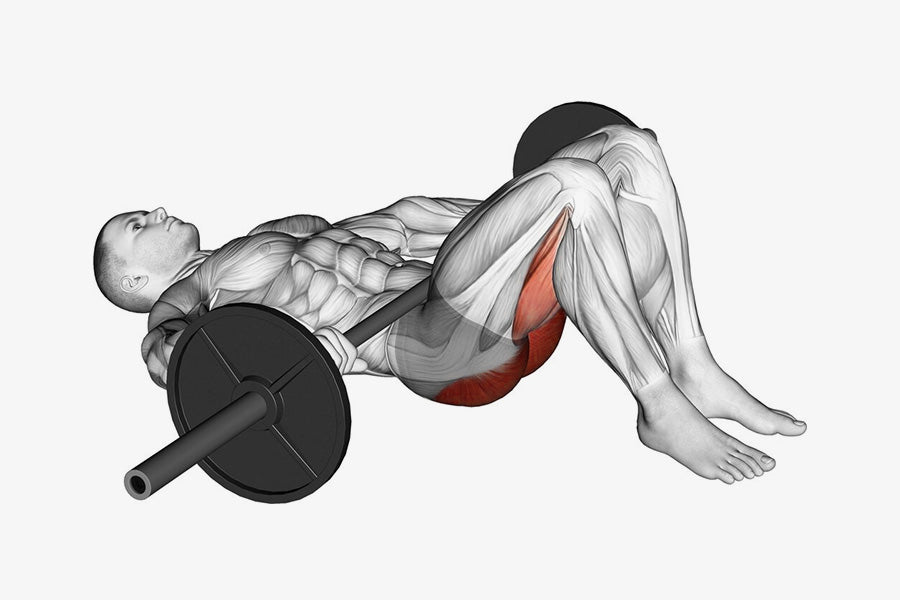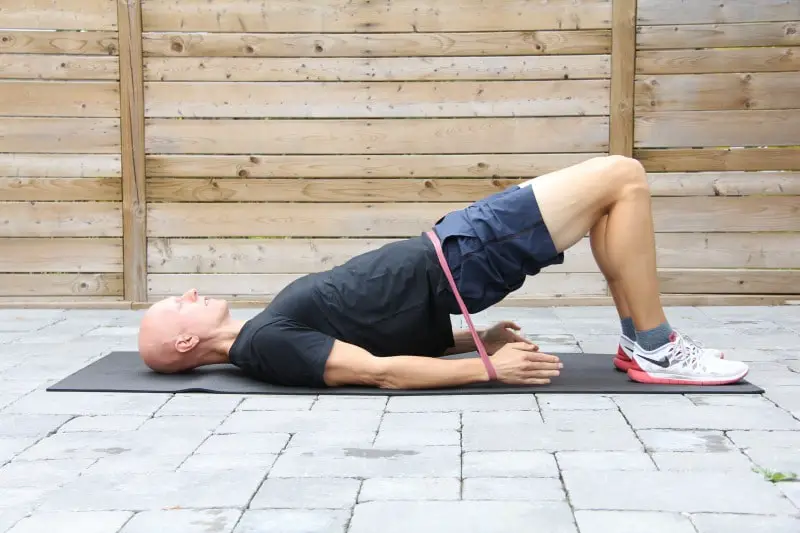What Muscles Are Engaged During a Glute Bridge? A Comprehensive Overview
The glute bridge has gained popularity among fitness lovers and trainers alike, but have you ever considered the specific muscles that engage while performing this exercise? In this article, we will explore the muscle groups activated during the glute bridge and discuss its significance, especially for beauticians.
Having a deeper understanding of the muscles involved in the glute bridge enhances your expertise and enables you to guide your clients more effectively. This exercise not only focuses on the glutes; it also recruits several other areas of your body.

Importance of the Glute Bridge
The glute bridge is more than just a fashionable exercise; it helps strengthen your lower body, improve core stability, and enhance overall posture. For beauticians, a robust and stable core is essential. It facilitates prolonged standing, encourages smoother movements, and reduces the risk of injury during various tasks.
Primary Muscles Engaged in the Glute Bridge
To fully appreciate the glute bridge, let's identify the key muscle groups involved:
- Gluteus Maximus: This is the primary muscle targeted. The gluteus maximus is the largest muscle in the glutes, playing a crucial role in hip extension and external rotation.
- Hamstrings: These muscles, located at the back of your thighs, are essential for bending your knees and extending your hips.
- Quadriceps: Found at the front of your thighs, these muscles assist in hip extension as well.
- Core Muscles: The glute bridge also engages your abdominal muscles, including the rectus abdominis and obliques, contributing to core stability.
- Erector Spinae: This group of muscles along your spine helps keep your posture upright during the exercise.

How to Perform a Glute Bridge?
Before we explore the benefits and variations, its essential to know how to execute a glute bridge safely and effectively. Follow these simple steps:
- Lie flat on your back with your knees bent and feet hip-width apart on the ground.
- Rest your arms at your sides with palms facing down.
- Push through your heels to lift your hips toward the ceiling, forming a straight line from your shoulders to your knees.
- Hold the position briefly, then lower your hips back to the starting position.

Benefits of the Glute Bridge
- Strengthens Glutes: As previously mentioned, this exercise primarily targets the glute muscles, contributing to increased strength and tone.
- Improves Core Stability: A strong core enhances your posture and stability during activities.
- Enhances Flexibility: It promotes better flexibility in hip flexors, reducing tightness in your lower back.
- Reduces Back Pain: A well-developed posterior chain can help alleviate lower back pain, a common issue for beauticians who spend long hours on their feet.
Variations of the Glute Bridge
Once you become comfortable with the traditional glute bridge, consider trying these variations to increase intensity:
- Single-Leg Glute Bridge: This version enhances stability challenges and ramps up the intensity.
- Weighted Glute Bridge: Adding weights increases resistance, further engaging your muscles.
- Elevated Glute Bridge: Placing your feet on an elevated surface increases your range of motion and muscle activation.

Common Mistakes to Avoid
To maximize the benefits of the glute bridge, steer clear of these common errors:
- Overextending the Back: Maintain a neutral spine during the lift; avoid arching your lower back excessively.
- Pushing Through Your Toes: Focus on pressing through your heels to enhance muscle engagement.
- Not Engaging the Core: Remember to brace your core for improved stability and safety.
Incorporating Glute Bridges Into Client Routines
For beauticians, knowing how to incorporate glute bridges into your clients' fitness routines can be incredibly helpful. To learn more, check out this article on isolating butt muscles for valuable insights.
FAQs About the Glute Bridge
1. How often should I include glute bridges in my routine?
For optimal strength training benefits, it is advised to include glute bridges in your routine 2-3 times a week.
2. Can beginners perform the glute bridge?
Definitely! The glute bridge is beginner-friendly. Start with your body weight and gradually incorporate resistance as you build strength.
3. Are there any contraindications for doing the glute bridge?
If you have serious back issues or injuries, consult with a healthcare professional before attempting this exercise.
As an Amazon Associate, I earn from qualifying purchases.
For a step-by-step guide on executing the glute bridge correctly, visit this resource.

